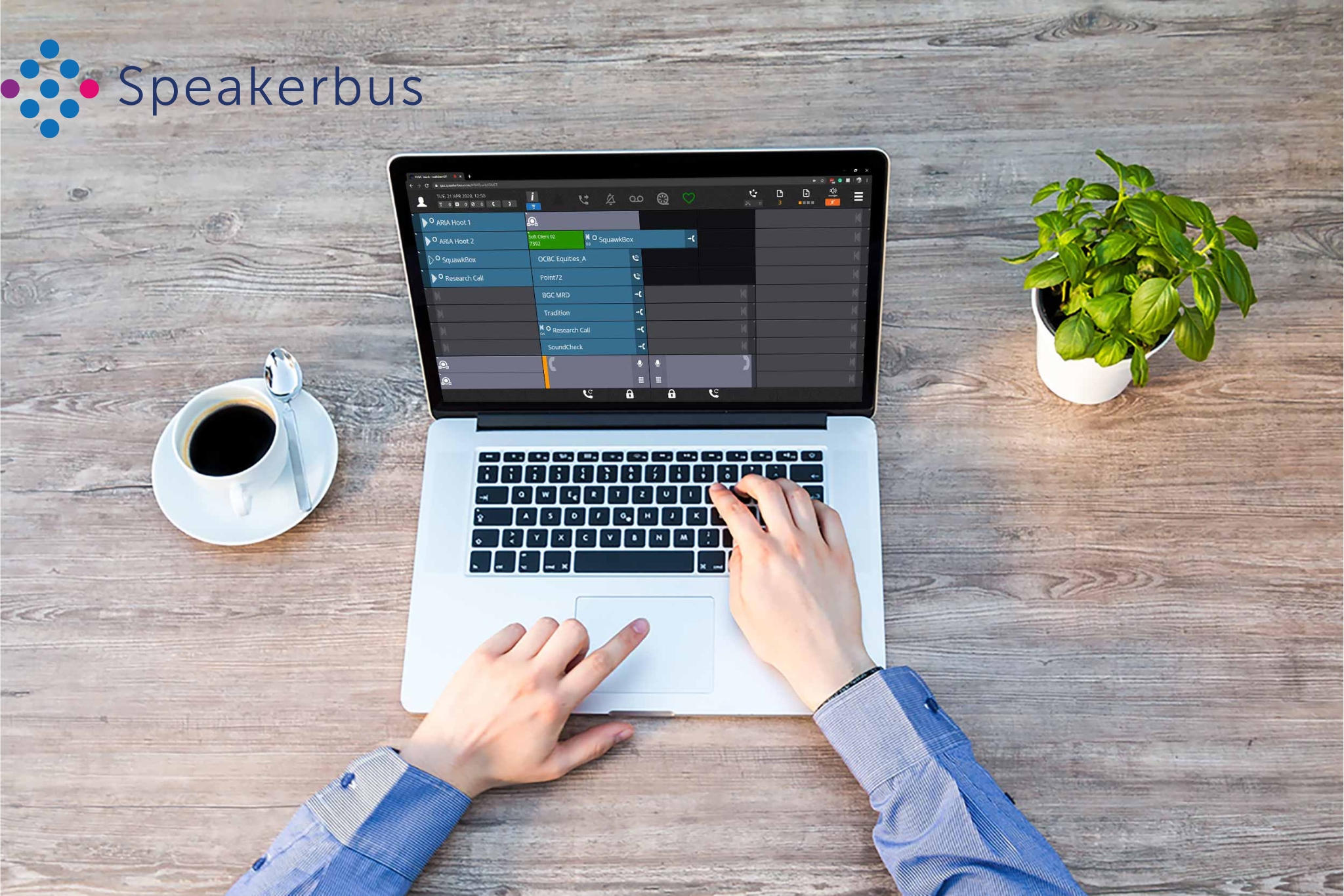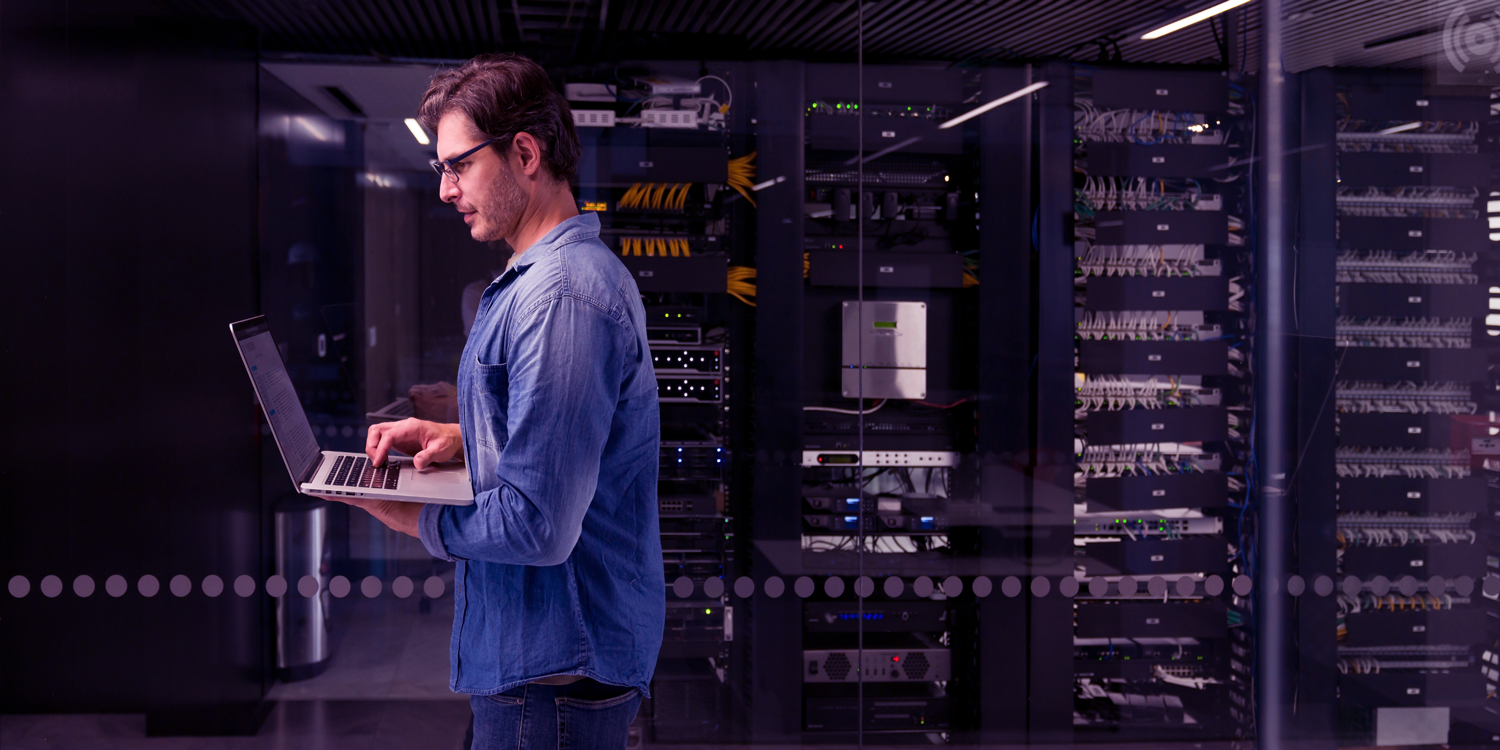
Humans can switch apps (and context) faster than ever, but at what cost?
With the increase of messaging apps, trading apps, project management tools, and everything in between, we have access to an abundance of information, all vying for our attention. With the click of a mouse or ALT+TAB of a keyboard, you can jump from a critical email to your order book, over to a colleague's price action chart then back to your favourite social feed.
You only need to look at the growth of short video-sharing social media sites like TikTok. By presenting quick videos that keep users focused on the app, they increase dwell time and deliver more targeted adverts whilst dodging pulling you out of their app experience. Every time you lose your focus it takes 23 min to regain your focus after a small distraction.
While you can't avoid context switching altogether in a work environment, you can reduce the impact on your well-being, productivity, and quality of work by prioritising your most important work and reducing distractions. In this article, we unpack what context-switching is and how you can reduce its impact to improve your productivity.
What is Context Switching?
Context switching or multitasking describes the requirement to quickly shift from one unrelated complex task to another. According to the American Psychological Association, switching refers to the change in our "mental control settings" when we move to a new task.
How does Context Switching affect your workflow?
Back in 1927, when psychologist Arthur Jersild examined task switching, he observed that switching tasks causes "shift effects," and the "cost of shift is loss in efficiency," suggested Jersild.
Sometimes called 'Task switching', it can place intense demands on our working memory because we are shifting goals (I need to complete this now) and activating new rules (this is what I need to do to complete this task).
These studies demonstrate that we are not built for heavy context switching. In the most critical jobs like air-traffic control or other crucial roles, mental overload can result in real catastrophe.
Nevertheless, in every workflow, we see the similar challenges.
Is context switching bad for your brain?
Yes. Context Switching is terrible for the brain. When you ask your brain to switch from one context to another, you trigger your cognitive control process to continue working. At the same time, it ingests new information to process the new task simultaneously.
Doing this constantly means losing focus and failing to give either job your full attention. Think of this as losing focus every time you context switch like an injury. Every time you bruise your leg or break your arm, there follows a period of recovery.
Obviously, reactivating focus and recalling previous information doesn’t take as long as recovering from an injury. But constant interactions and switches do have an adverse impact on your brain.
How long does it take a human to switch context?
It is estimated that the brain can process around 60 bits per second; which doesn’t mean much to you or me. But applied to a workday with constant interruptions, activity switches, and context introductions, it is estimated that your brain takes an average of 9.5 minutes to fully adapt to new context when you switch between apps and tasks. So, whenever you think you’re being productive writing an email, responding to a ticket and updating your records simultaneously, you’re most likely not.
All you’re doing is adding context that confuses your brain's focus.
That doesn’t sound great, does it?
Therefore multitasking, app switching, and lack of prioritisation are all horrible for the brain.
How can voice platforms help with Context Switching
Voice collaboration remains the first and best choice for clear, concise, actionable communications when switching tasks or focus.
Our dedicated devices (AYRE) or soft client application (ARIA) are designed to perform tasks with minimum human interactions. They provide trading teams with hands-free Situational Awareness. The clear, instant voice helps you understand what other parties are doing, thinking and planning to reach a group goal without pulling your whole focus.
The User Experience (UX) also helps users smoothly jump between Soft and Physical devices. With the same triggers and graphics, your brain doesn't have to process a different interface. At the same time, tasks like triggering a call or hanging up, quickly becomes muscle memory.
Application integrations also help facilitate simple collaboration between internal teams and external counterparties. For example, our Symphony integration enables you to launch Speakerbus calls directly from Symphony with the click of a button while keeping your chat context and workflows at your fingertips.
Another area where we are looking to reduce Context Switching is working with workspace developers like OpenFin and the other variants like Finsemble to securely open up our apps using FDCCC or FDC3. By doing this, we aim to keep interactions within critical applications so teams can work smarter, faster and more effectively.
For trading, operations, and control rooms, voice is still the perfect tool to aid your workflows – helping to minimise your context-switching, and delivering happier well-being.
Conclusion
Overall, context switching can have negative impacts on efficiency, disrupting workers' concentration and focus, increasing the likelihood of errors and mistakes, and leading to increased stress and burnout. To maximise efficiency, it is vital for organisations to minimise unnecessary context switching and to provide workers with the tools and support they need to focus on their tasks and avoid interruptions.
If you’d like to learn more about how Speakerbus can help you to increase your productivity and workflows, read more here or contact us today.



